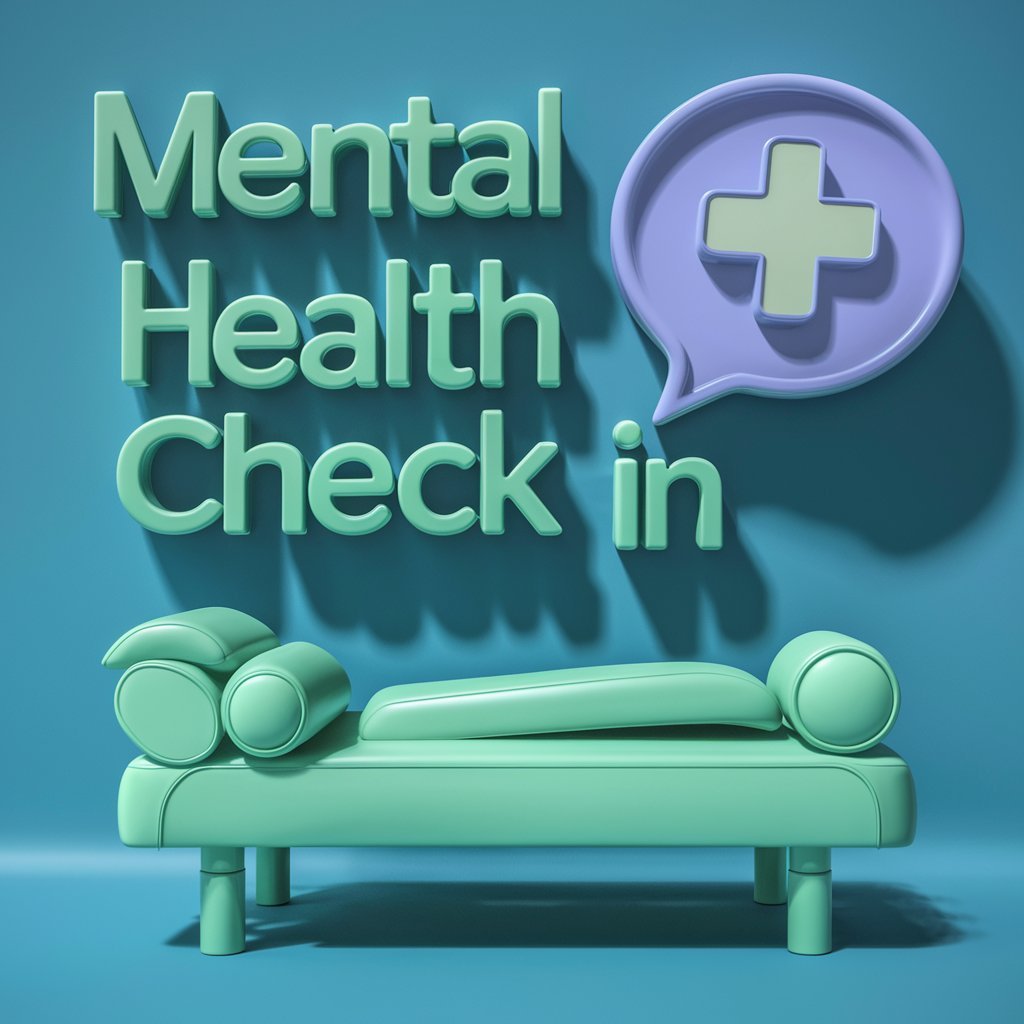Post-Traumatic Stress Disorder (PTSD) is a serious mental health condition that affects millions of people worldwide. Unfortunately, there is still a significant amount of stigma surrounding PTSD, which can make it difficult for individuals to seek the help and support they need.
The Misconceptions of PTSD
One of the major misconceptions about PTSD is that it only affects military veterans. While it is true that many veterans suffer from PTSD as a result of their experiences in combat, the condition can also affect survivors of sexual assault, natural disasters, accidents, and other traumatic events. PTSD does not discriminate based on age, gender, race, or background.
Another misconception is that people with PTSD are weak or unable to cope with their emotions. In reality, PTSD is a complex and debilitating mental health condition that can have a profound impact on a person’s life. It is not a sign of weakness to seek help for PTSD, but rather a sign of strength and resilience.
Combatting the Stigma
It is important to combat the stigma surrounding PTSD in order to ensure that individuals feel comfortable seeking the help and support they need. One way to combat the stigma is to educate the public about the realities of PTSD and the fact that it is a legitimate and treatable mental health condition.
Additionally, it is crucial to provide support and understanding to individuals who are living with PTSD. This may involve offering a listening ear, providing resources for treatment, and creating a safe and supportive environment for those who are struggling with the effects of PTSD.
Providing Support
There are a number of ways to provide support to individuals with PTSD. One common form of support is therapy, which can help individuals process their traumatic experiences and learn coping mechanisms for managing their symptoms. Therapy can be provided by a licensed mental health professional, such as a psychologist or psychiatrist.
Support groups are another valuable resource for individuals with PTSD. These groups provide a sense of community and understanding, as members can share their experiences and offer support to one another. Support groups may be facilitated by mental health professionals or peer-led.
Conclusion
Combatting the stigma of PTSD is essential in order to ensure that individuals feel comfortable seeking help and support for their mental health. By dispelling misconceptions about PTSD, providing support and understanding, and promoting education and awareness, we can create a more inclusive and compassionate society for those living with PTSD.
FAQs
Q: Is PTSD a lifelong condition?
A: PTSD is a treatable condition, and many individuals are able to find relief from their symptoms with the help of therapy and medication. While some individuals may experience symptoms for the rest of their lives, others may find that their symptoms improve over time with treatment and support.
Q: How can I support a loved one with PTSD?
A: Supporting a loved one with PTSD involves being understanding, patient, and compassionate. It is important to listen to their experiences without judgment, offer encouragement and support, and help them connect with resources for treatment. Taking care of yourself is also crucial, as supporting someone with PTSD can be emotionally taxing.





